SABRINA - MORE THAN 800 KM OF EUROVELO ROUTES SURVEYED FOR SAFETY IN HUNGARY
29-06-2022
The SABRINA project safety bicycle routes inspections in eight countries of the Danube area included in the project were completed in March in Hungary, where the team from our Croatian partner the University of Zagreb, Faculty of Transport and Traffic Sciences (FPZ) surveyed around 130 km of EuroVelo 6 between Rajka and Győr, as well as the section between Komárom and Esztergom, located on the southern Danube riverbank. Moreover, our Hungarian partner – the Westpannon Team – has decided to take the advantage of the gained knowledge in the SABRINA project and the specially equipped bicycle. They went to the field and surveyed by bicycle an additional 677 km over the course of the past two months.


Zsombor Aradzski from Westpannon Team, which is the SABRINA project’s Hungarian partner highlighted the importance of cycling for Hungary: “Cycling has become a key topic for Hungary. 1,500 km of cycling paths are going to be built in the 2021–2027 programming period, still, we cannot forget the ones that have been already built. Assessing the safety features of the EuroVelo network provides valuable information both for the existing infrastructure and for the network elements of the future.”

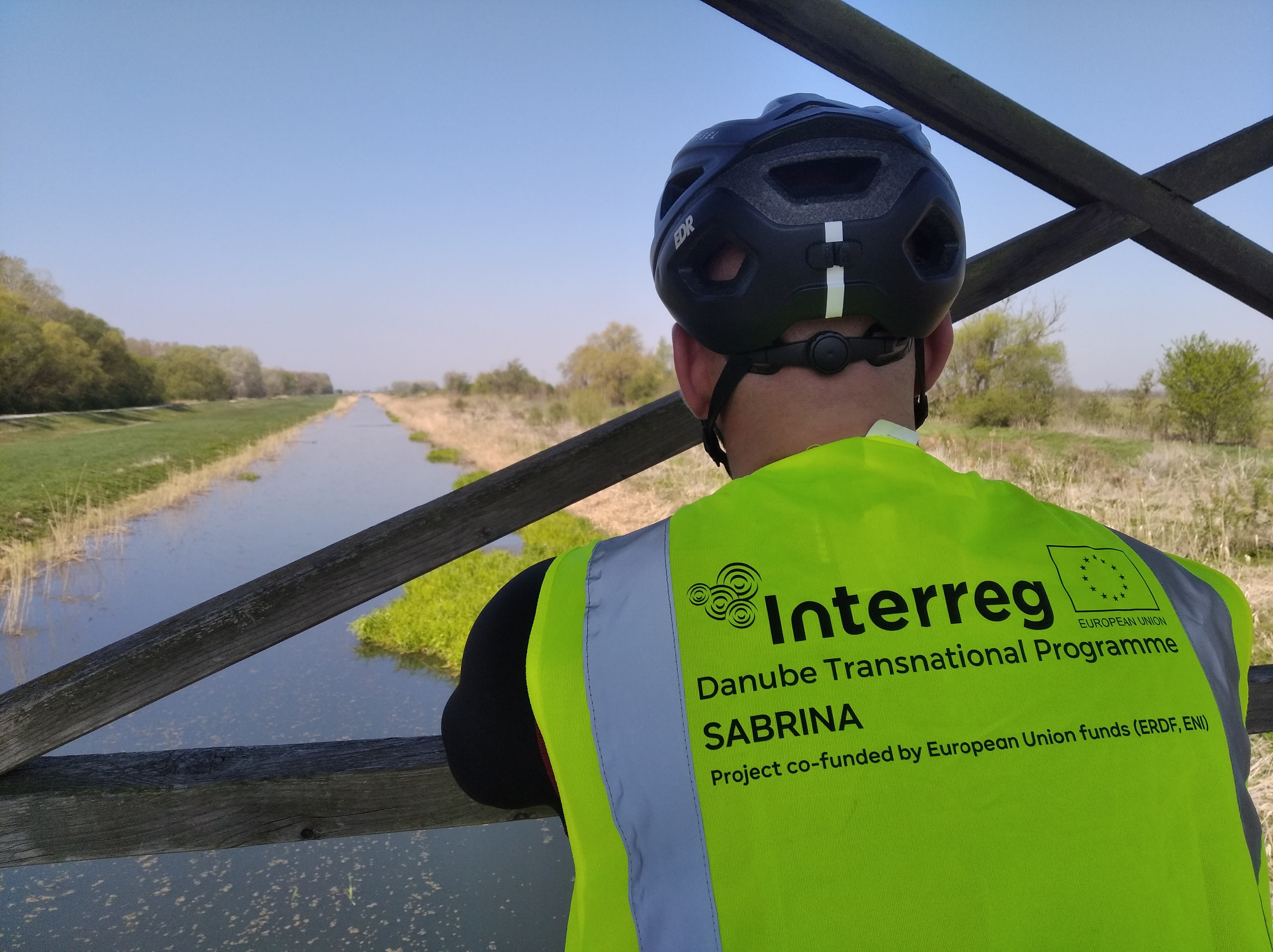
There are parts of four EuroVelo routes traveling through Hungary – EuroVelo 6 (Atlantic-Black Sea), EuroVelo 11 (East Europe Route), EuroVelo 13 (Iron Curtain Trail), and EuroVelo 14 (Waters of Central Europe). The Westpannon Team filmed selected sections on all of them:
selected sections on all of them:
• EuroVelo 6: between Esztergom and Budapest, including the beautiful Danube Bend (91 km)
• EuroVelo 11 between Kéked and Sárospatak (48 km) and around Lake Tisza (65 km)
• EuroVelo 13 between Andau (Austria) and Felsőszölnök (Hungary) (266 km)
• EuroVelo 14 between Szentgotthárd and Mikosszéplak (89 km), in the northern section of Lake Balaton (103 km), and the connection between Székesfehérvár and Lake Velence (15 km). They passed the landscapes of the Őrség and Vasi Hegyhát – Rábamente regions, which are popular tourist destinations in the West Transdanubia. The EuroVelo 14 is one youngest members of the EuroVelo family, with quite fresh signposting in Hungary.
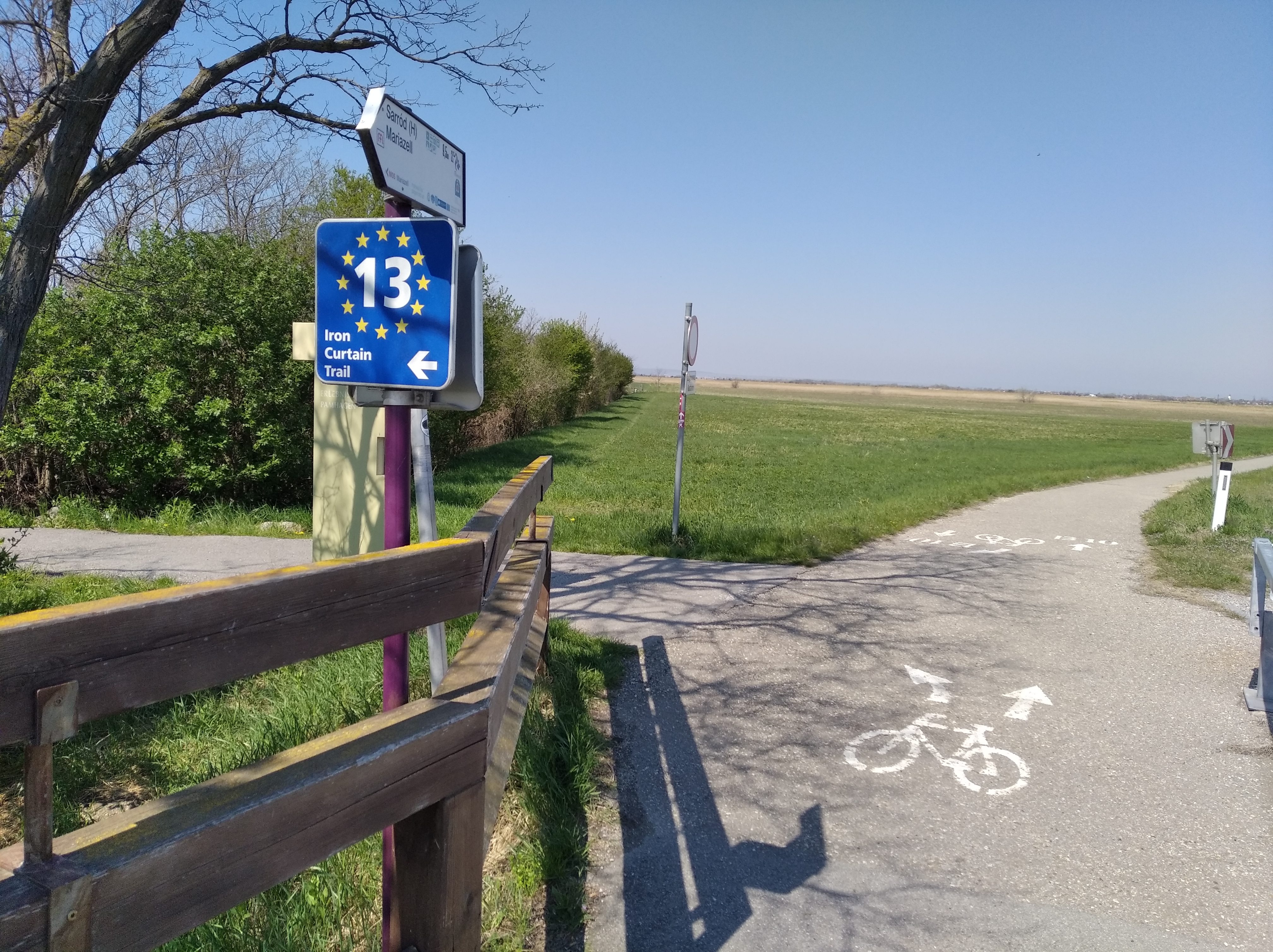
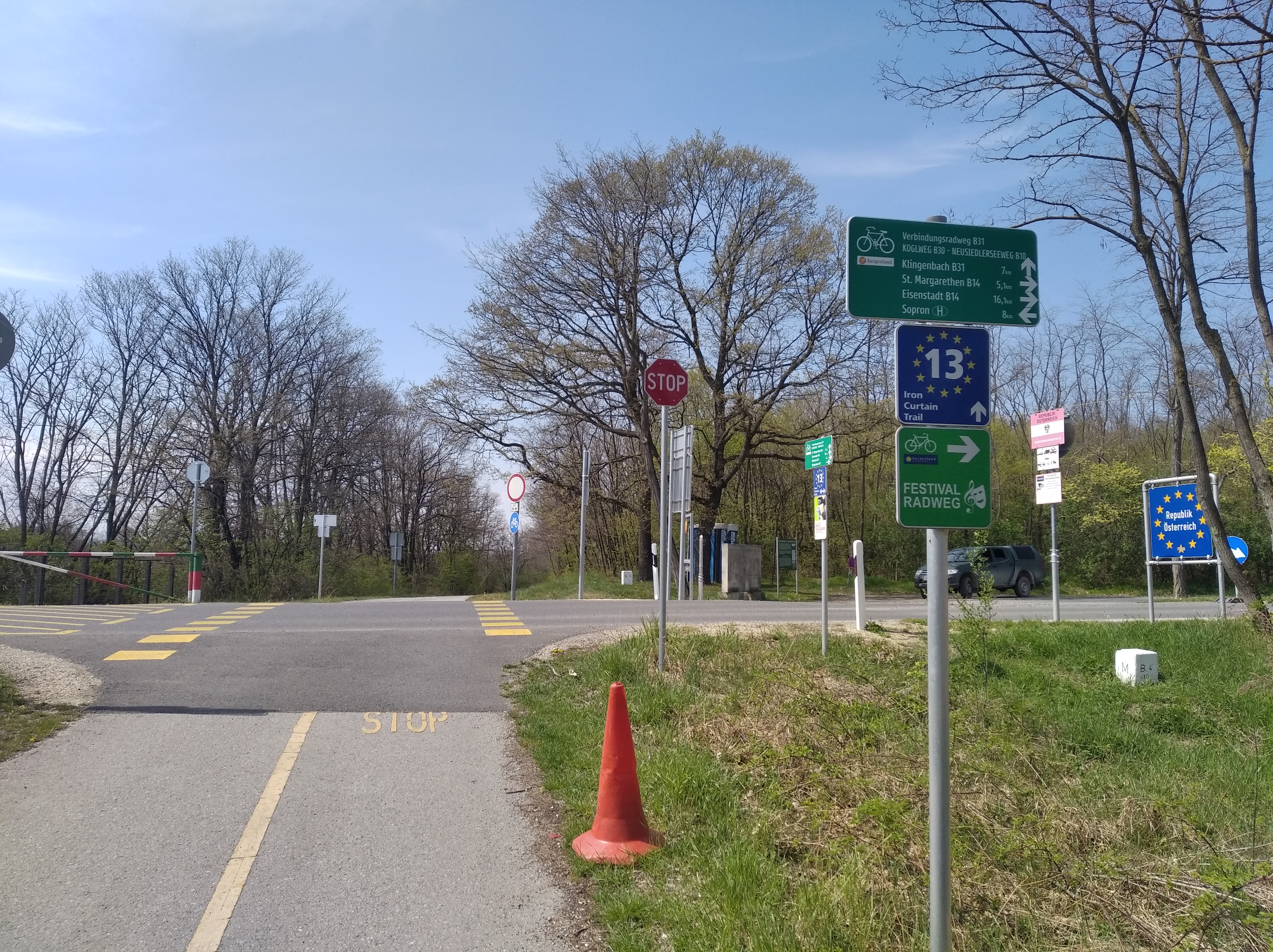
“It is very nice to see that several new bicycle route sections are under construction or already built. We can see that the responsible stakeholders are dedicated to cycling infrastructure development – including the Ministry for Technology and Industry, AÖFK –Centre for Development of Active and Ecotourism, Hungarian Public Roads Zrt., MAÚT – Hungarian Road and Rail Society, KTI – Institute for Transport Sciences, and MAKETUSZ – Hungarian Bicycle Tourism Association. We have seen some really good examples of safe cycling infrastructure, for example, the new EuroVelo 14 section through the lovely hills and forests of Őrség or the new cycling bridge at Lake Tisza. On the other hand, there are sections of EuroVelo routes that should be redesigned and need more attention to safety. However, in general, the surveyed EuroVelo sections are in better shape than expected,” concluded Zsombor Aradszki.
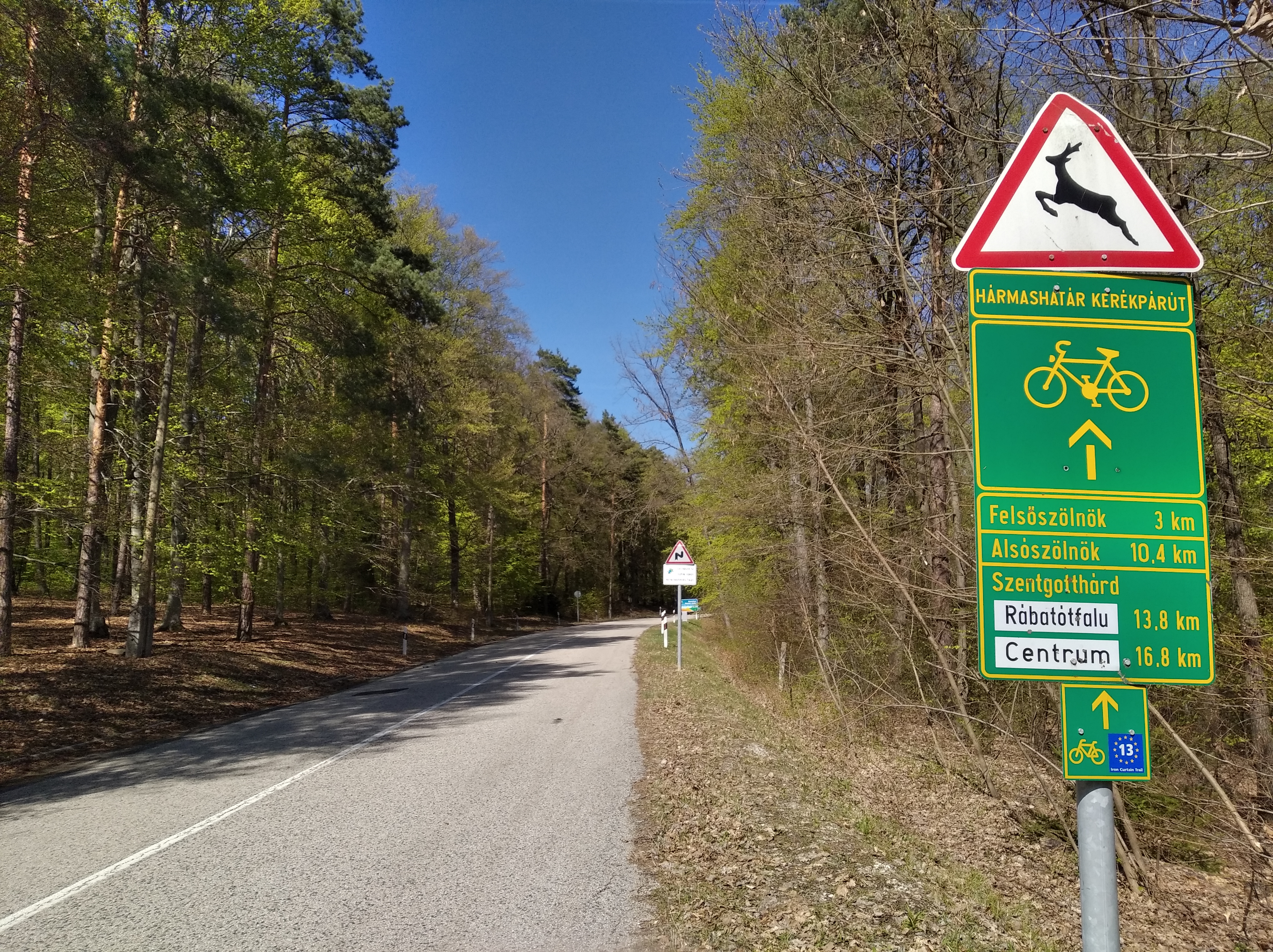
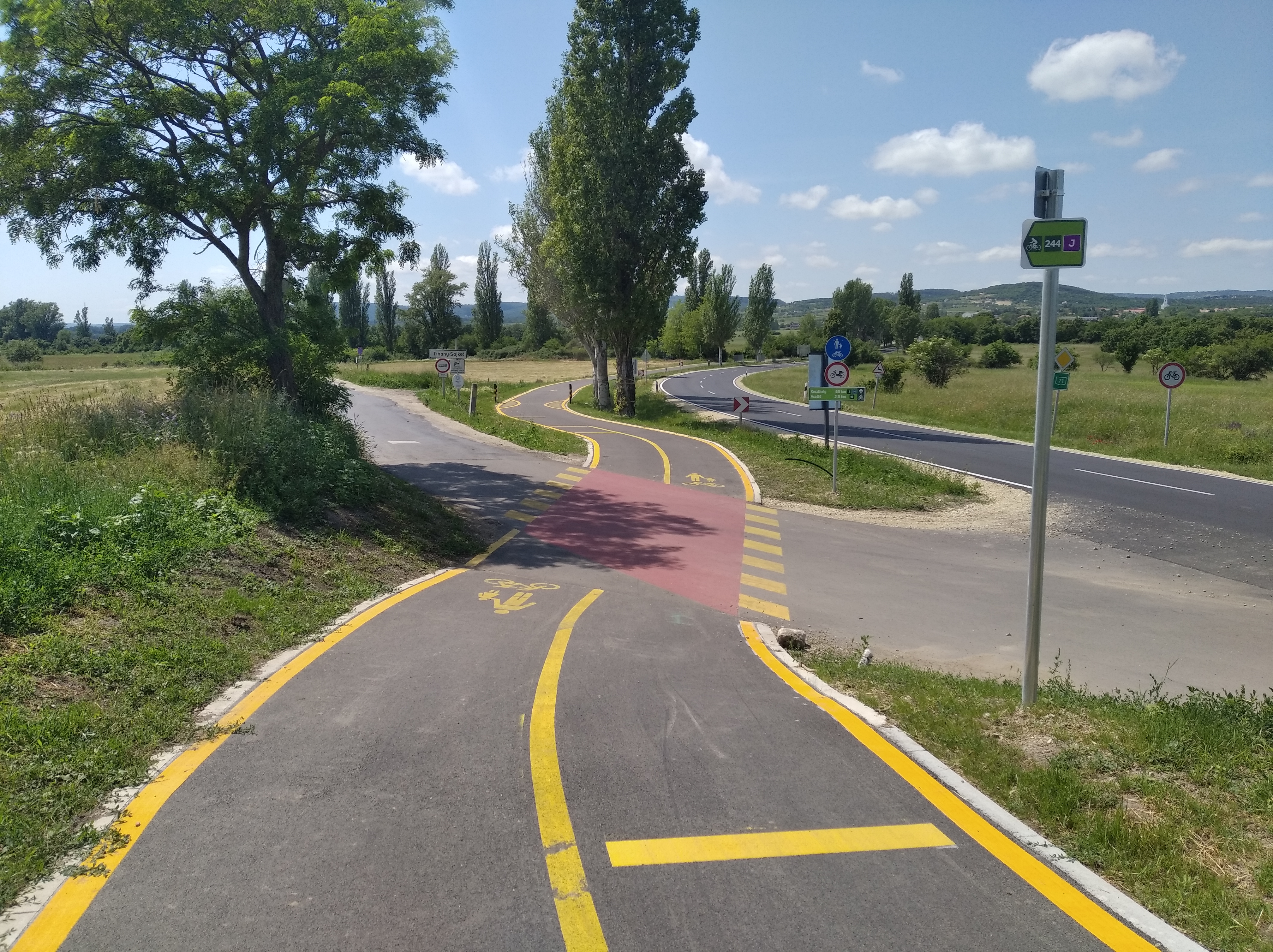
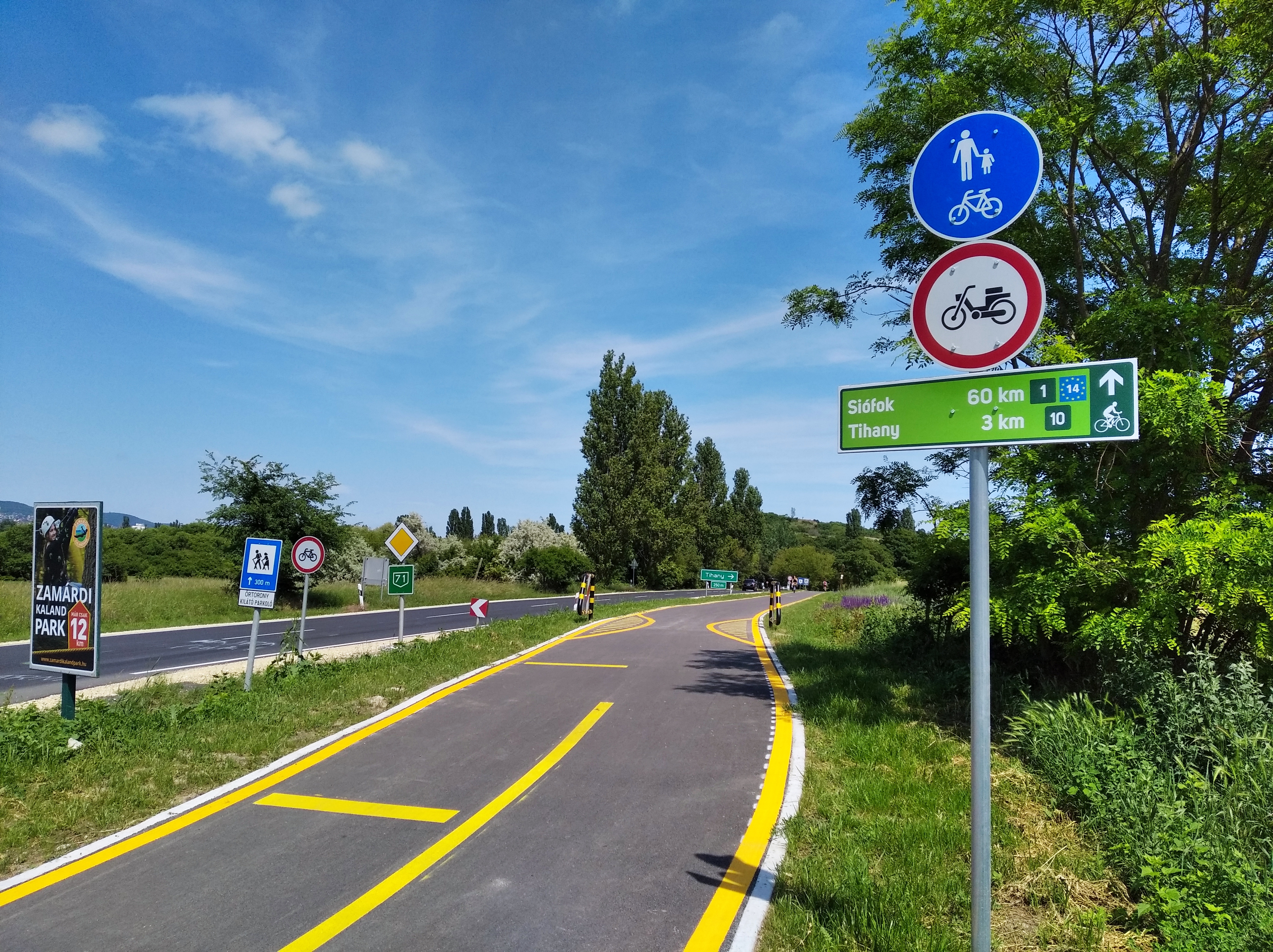
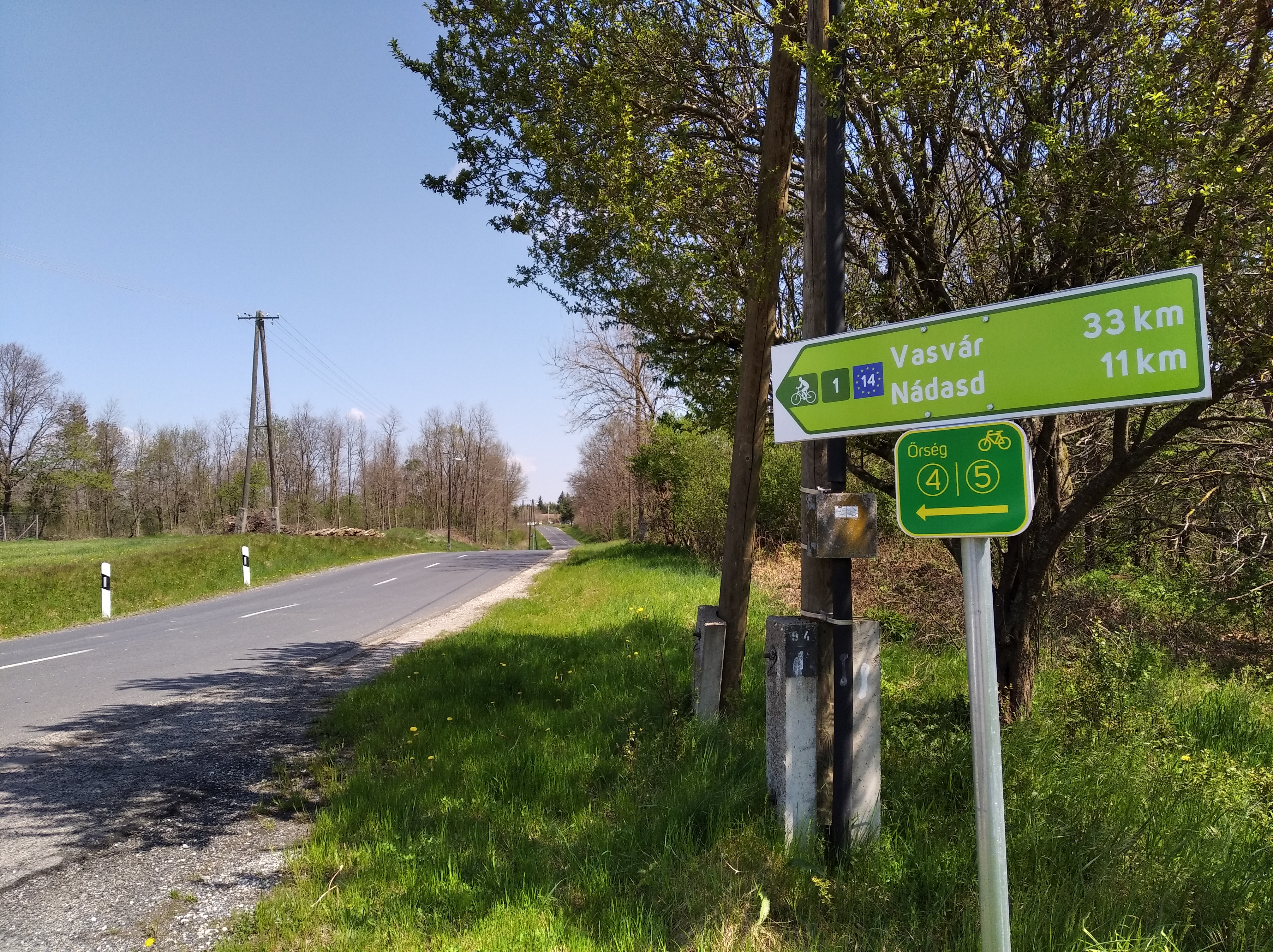
Photos: Zsombor Aradszki, Westpannon Team
![]()



